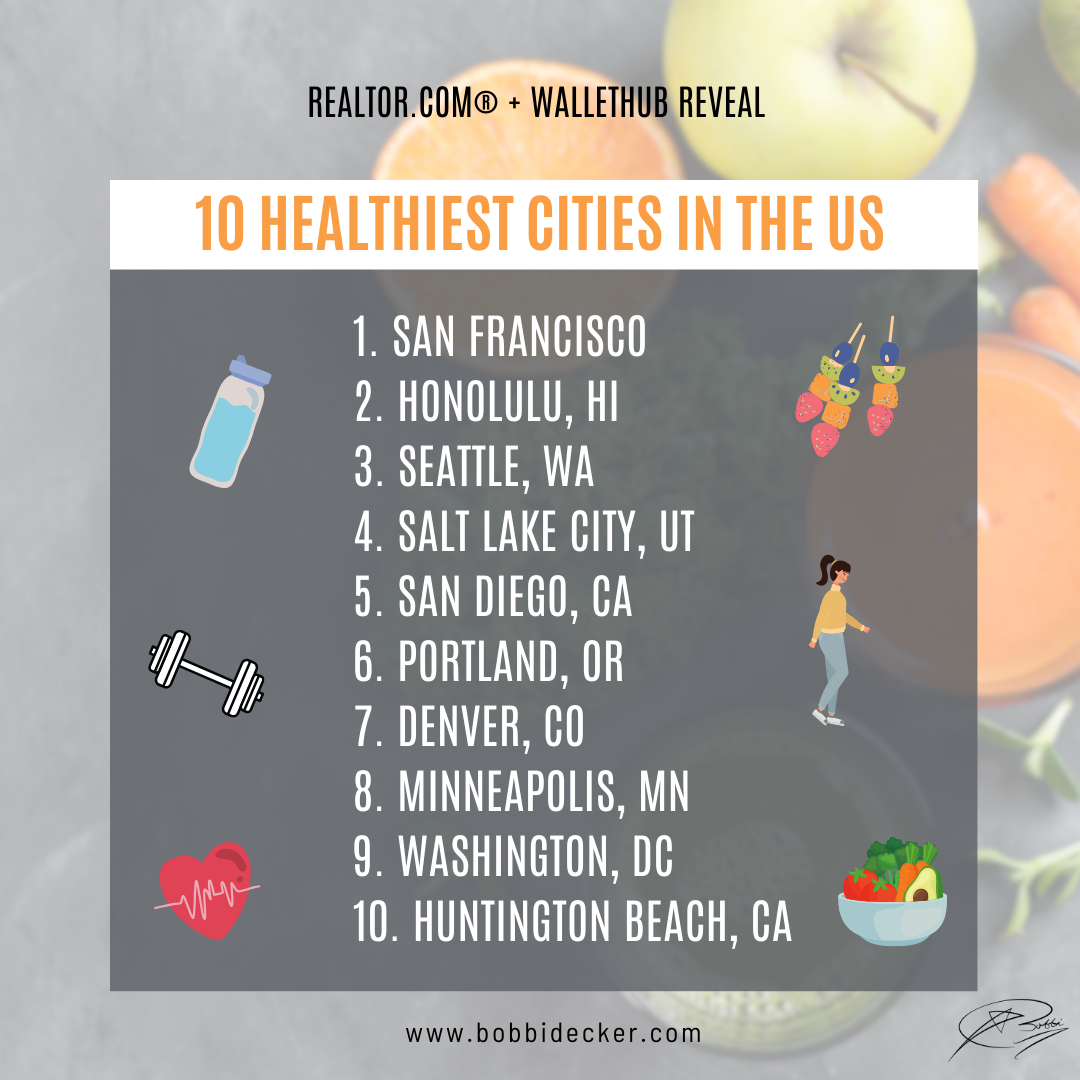Senior Spotlight: AARP-National Geographic 2nd Half of Life Study Highlights
A just released study reveals what really makes older adults fulfilled, and points to how we can make it happen!
As CEO of AARP, Jo Ann Jenkins has been on a mission to disrupt aging – to challenge outdated stereotypes and attitudes and to find new solutions that help people live better as they age. In a just-released report from AARP & National Geographic, research reveals that self-reported happiness actually grows with age, and identifies what happiness looks and feels like in one’s retirement years. Jenkins takes this research one step further and turns those insights into action items – check it out!
Second Half Of Life Study / AARP In Collaboration w/National Geographic Partner
HAPPINESS SUMMARY
- Relationships Matter: Friends, family, and community are the hallmarks of finding happiness, the study revealed. Relationships become a central feature and a source of purpose and joy as people age, particularly in retirement.
- Not Counting Years: Individuals are more in tune with the quality of their lives vs the quantity; with respondents reporting ‘a long life should be gratifying, not simply a march through time.’
- Health and Wealth in Retirement: In life’s second half, wealth and retirement concerns are secondary to health concerns. Financial concerns actually diminish with age, while older adults reported a stronger focus on the ability to do what they love now that they have the time for it.
POTENTIAL, POSITIVE CHANGES
- Redefining ‘Good Health’: Participants reported that good health is ‘being independent, mobile and of strong mind.’ AARP feels that doctors should adapt their mindset that even with cancer, diabetes or other chronic conditions – one can still be healthy IF these 3 goals are achieved.
- Accepting End-Of-Life Choices: Survey respondents were very clear that while good health needs a broader definition, declining health requires unconditional acceptance. They specifically desire a medical system that is more accommodating and accepting of end-of-life choices.
- Embracing Aging At Home: Most Americans want to age in place, but few homes are built to meet this desire. AARP calls upon the housing industry to create ‘forever homes’ that are suited for multi-generation needs ‘from the very first nail.’
- Educating Young Adults About Retirement Finances: Younger adults are typically not saving enough and are overall unaware of how much they will really need to retire. Parents, employers & policymakers all have a role to play in advancing this knowledge.
- Making Support In Middle Age A Priority: Those in their 40s and 50s face the greatest societal pressures of raising teenagers and caring for aging parents. Employers, community organizations and individuals who adopt a culture of support in this mid-life season can make an unrivaled impact to those enduring the sandwich generation challenges.
- Focusing On Health Now: All ages need to focus on a healthy lifestyle of eating well, exercising and maintaining positive attitudes. Yet currently, retirees model these priorities while adults in their 30s, 40s and 50s see this as an ‘older person’s fixation.’
Now that those in their 2nd half of life have been heard, and the team at AARP has pivoted these voices into action items, we hope to see continued progress in the media, in public policies and in communities about redefining aging and the supports that go with it. While no one study or one list can drive change, every new data piece and every new idea has the power to inspire, to validate and to reinforce what really matters and what we can do about it.
Resources Used:
Life is Good, Especially for Older Americans
AARP-National Geographic Aging Study Shows Us Where Action Is Needed
Bobbi Decker
DRE#00607999
Broker Associate
650.346.5352 cell
650.577.3127 efax
www.bobbidecker.com
NAR Instructor….“Designations Create Distinctions”
CIPS, SRS, ABR, CRS, SRES, GRI, CLHMS, REI, AHWD, RSPS, MSLG
Bobbi Decker & Associates fully supports the principles of the Fair Housing Act and the Equal Opportunity Act. For more information, please visit: http://portal.hud.gov/











